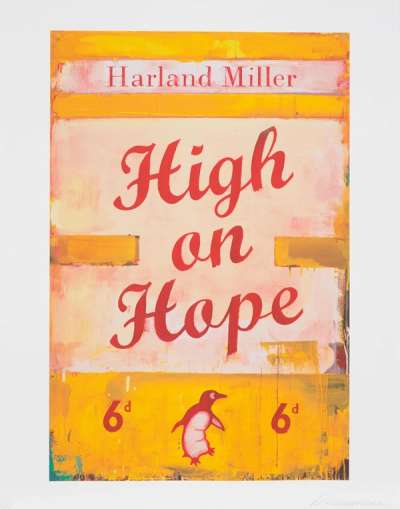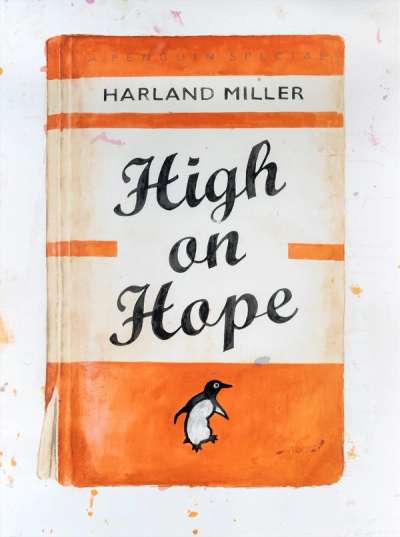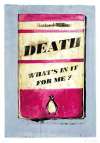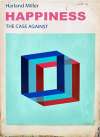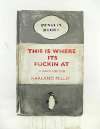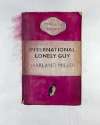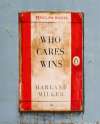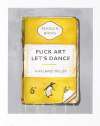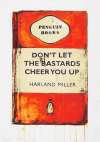High
On Hope
In High On Hope, Harland Miller adapts the dust jacket of a Penguin classic, substituting his own title in place of the original. The print can be interpreted as a sly reflection on consumer culture and collective memory, in the same manner as Andy Warhol’s Campbell’s Soups once did.
Harland Miller High On Hope For sale
High On Hope Value (5 Years)
Sales data across the High On Hope series by Harland Miller varies by print. While standout works have sold at auction for up to £40000, other editions in the series remain rare to market or have yet to appear publicly for sale. Of those tracked, average selling prices have ranged from £3600 to £4800, with an annual growth rate of -30.26% across available data. Collectors should note the discrepancy in performance between more visible and lesser-seen editions when considering value potential in this series.
High On Hope Market value
Auction Results
| Artwork | Auction Date | Auction House | Return to Seller | Hammer Price | Buyer Paid |
|---|---|---|---|---|---|
 High On Hope (yellow) Harland Miller Signed Print | 29 Oct 2025 | Forum Auctions London | £3,060 | £3,600 | £4,550 |
 High On Hope (orange) Harland Miller Signed Print | 30 Oct 2021 | Mainichi Auction, Tokyo | £21,250 | £25,000 | £29,000 |
Sell Your Art
with Us
with Us
Join Our Network of Collectors. Buy, Sell and Track Demand
Meaning & Analysis
Perhaps scathing, or perhaps simply endearing, text is definitely the focal point of Harland Miller’s 2019 print High on Hope. Drawing attention to substitution by writing his own name on the book’s cover in place of the author's, as well as by replacing the title itself with an advert-like catchphrase, Miller changes and undermines the comforting nostalgia of a real Penguin Classic Jacket.
The print comes in two variations, both from 2019. The orange version is more traditional and closer to the original paperback design, while the other yellow edition, stands out from the rest of the Penguin series - as the text is also written in red rather than black, capitalised letters.
Part of the wider Penguin series, which dates back to 2001, Miller investigates the way in which words and images interact and how consequent meaning is produced. His titles are often sardonic and dripping in irony, with many also functioning as a social critiques with political undertones. High on Hope for example, can be interpreted as a sly reflection on consumer culture and collective memory, in the same manner as Andy Warhol’s Campbell’s Soups once did. Warhol was a great influence on Miller’s work, and the use of Penguin books can be compared to the way in which Warhol took ordinary, everyday objects and elevated them into works of art.
